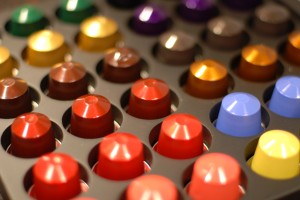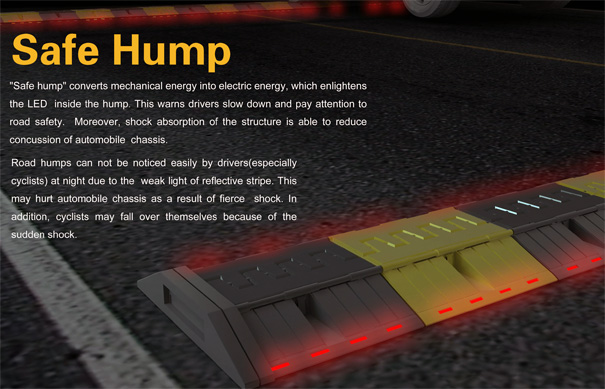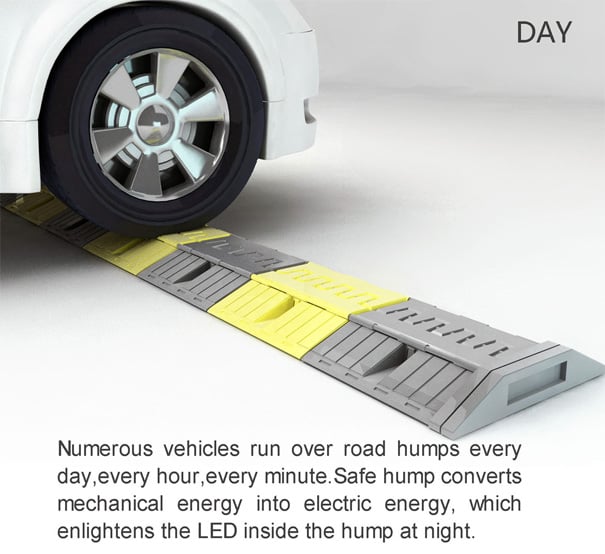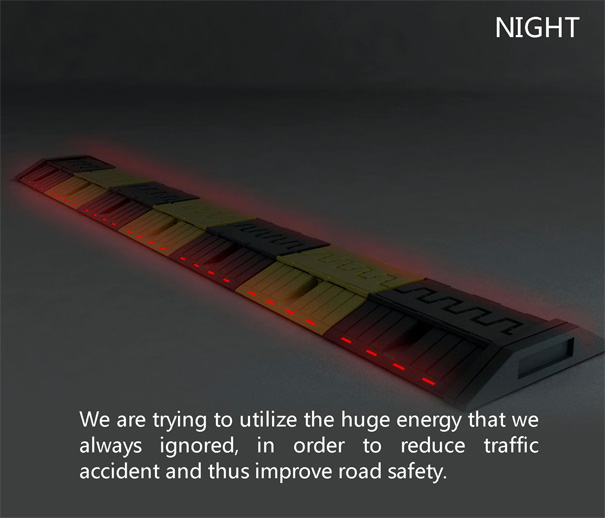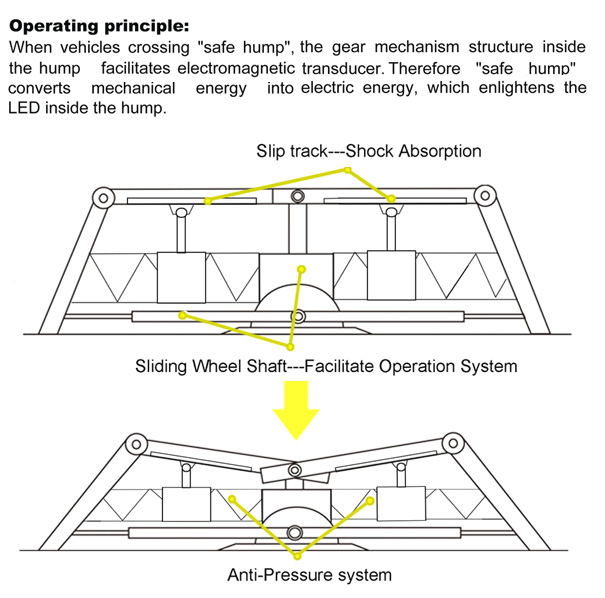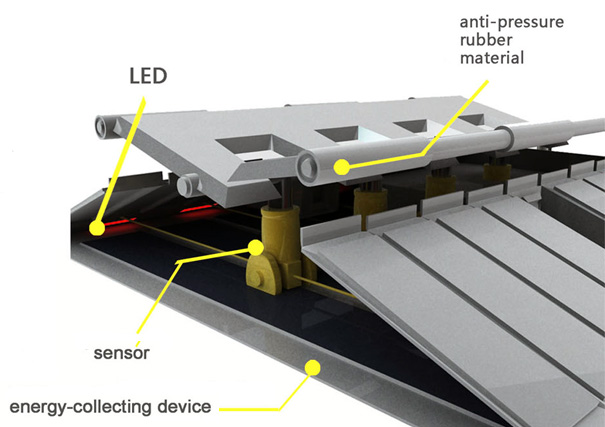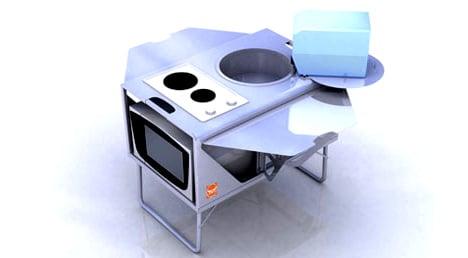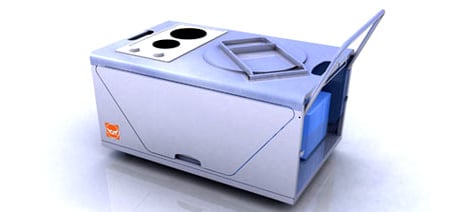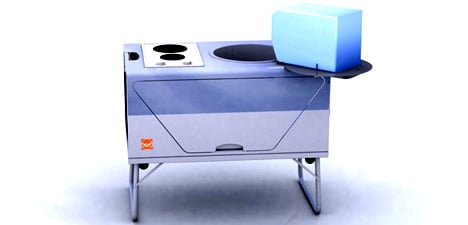Some people live off the grid, eat local food, and have an energy footprint so minuscule that even the canniest hunter couldn%u2019t track them down. But the rest of us buy from supermarkets, get our energy from -- at least in part from -- traditional sources like coal, and occasionally forget to turn off the lights when we leave the house. For those of us who are still living with one foot in the old energy world, here are a few helpful hints about what you should buy and what the consequences of shifting to %u201Cclean energy%u201D sources like natural gas and nuclear energy are.
Green consumption
Mother Jones%u2019 Julia Whitty points out a useful tool for correcting any misconceptions about how green a company actually is. It%u2019s an assessment that graphs public perception of a company%u2019s environmentalism against its practices. Besides making sure you%u2019ve got the right idea about Starbucks or Nike, Whitty writes, %u201CYou can also get a pretty good sense of how sectors perform in relation to other sectors: food and beverage, bad overall; technology, better overall.%u201D
One of the biggest energy expenditures that many of us indulge in is airplane travel. Just one flight can enlarge your carbon footprint dramatically. Although flying may never be truly green, Beth Buczynski reports at Care2 that one airline is moving in the right direction. British Airways is planning the first %u201Csustainable jet fuel%u201D plant.
The plant will make a biofuel, which generally has plenty of drawbacks, but this one sounds pretty good. The company says it will source its raw materials from local waste management facilities and produce relatively harmless waste products.
Hot air from natural gas companies
But the hazards of many %u201Cclean energy%u201D sources make going off the grid sound better and better. More and more information is coming out about the environmental hazards that accompany the mining of natural gas, one of Washington%u2019s new energy fascinations. The House Oversight and Government Reform Committee released a report on natural gas late last week, and Kate Sheppard reports at Mother Jones that Halliburton, a major player in this industry, admitted to using 807,000 gallons of diesel-based chemicals in the extraction process, which involves pumping large amounts of water deep into the ground.
%u201CEven though the natural gas industry is exempt from the Safe Drinking Water Act, it%u2019s still required to limit the amount of diesel used in fracturing, under a December 2003 agreement with the Environmental Protection Agency,%u201D Sheppard writes. %u201CHalliburton and BJ Services appear to have violated the agreement, according to yesterday%u2019s disclosure.%u201D
That doesn%u2019t inspire confidence in these companies%u2019 assurances that their techniques will not contaminate water sources.
Another meltdown
Nuclear power sounds better than ever to the government, investors, and even some environmentalists. If you need a rundown of the issues involved in nuclear energy production, Grist%u2019s Umbra Fisk has answers to questions like %u201Cis nuclear really better than coal?%u201D
One of the strongest objections to nuclear power, however, is the financial risk of investing in nuclear infrastructure. %u201CNuclear power offers all the fiscal risks of a %u201Ctoo big to fail%u201D bank, with the added risk of being too dangerous to fail as well,%u201D writes Sam McPheeters for The American Prospect.
%u201CAnd although current nuclear defenders love to crow about the free market%u2026the industry operates with an exponential financial handicap over all other energy technologies, gas and coal included,%u201D McPheeters explains. %u201CFactor in overruns, plant cancellations, and chronic mismanagement, and the only genuine advantage nuclear holds over renewable energy sources is that its infrastructure currently exists.%u201D
Maybe it%u2019s time to invest in solar panels after all.
This post features links to the best independent, progressive reporting about the environment by members of The Media Consortium. It is free to reprint.
Read more: care2, green, nike, chemicals, epa, nuclear, halliburton, starbucks, environmentalism, natural gas, clean energy, environment & wildlife, fracking, mother jones, british airways, green products, hydrofracking, jet fuel, safe drinking water act
it is half a fallacy to think that whatever that promotes 'Green' must be environmentally friendly. This article is only the tip of the ice berg. Green movement is sometimes being touted about for marketing purposes. Stake holders like you and me should always read beyond the agendas and make very good queries about the issues around. What is seen may not be the reality.
